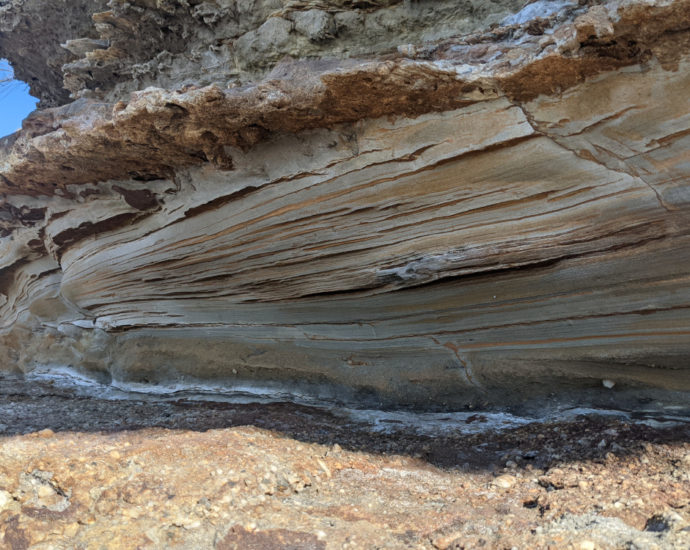If everyone in Australia who can be vaccinated, is vaccinated, what can we expect when Covid19 becomes widespread in the population?
If everyone in Australia who can be vaccinated, is vaccinated, what can we expect when Covid19 becomes widespread in the population? There are likely to still be significant pressures on the hospital system, particularly if it happens too quickly.
If, after everyone in Australia who can be is vaccinated (I’ve assumed 95% of everyone 12 and over), everyone in Australia is exposed to Covid19, what can we expect from Covid19? We can expect around 400,000 – 600,000 eventual hospitalisations (60% of whom would have been vaccinated), with around 50,000 – 80,000 (70% of whom would have been vaccinated) of those ended up in ICU. Around 200,000 – 400,000 people are likely to end up with Long Covid, the majority of whom (150,000 – 250,000) will be of working age. And around 15,000 – 25,000 (50% of whom would have been vaccinated) deaths from Covid are likely to occur. How long will that take? That depends on how well we control the spread of Covid19.Continue Reading










